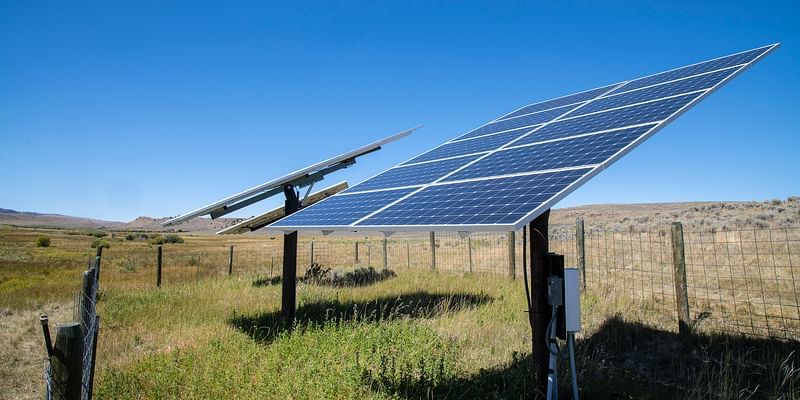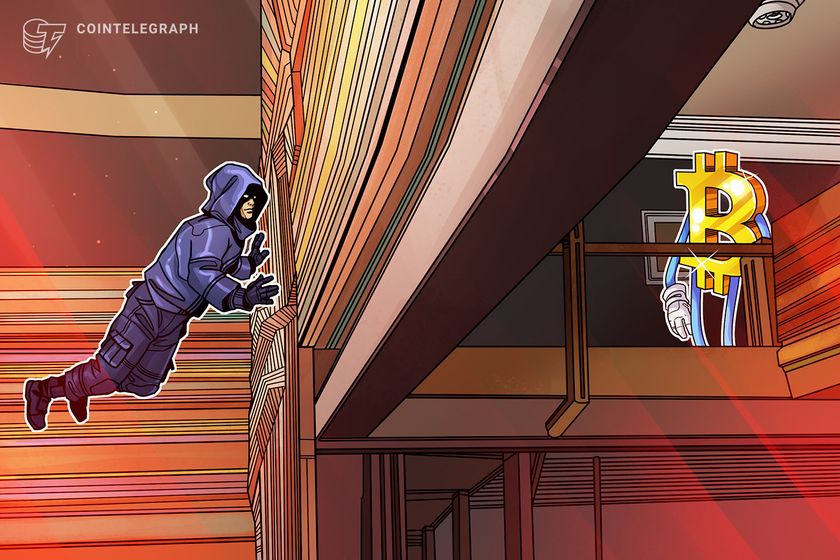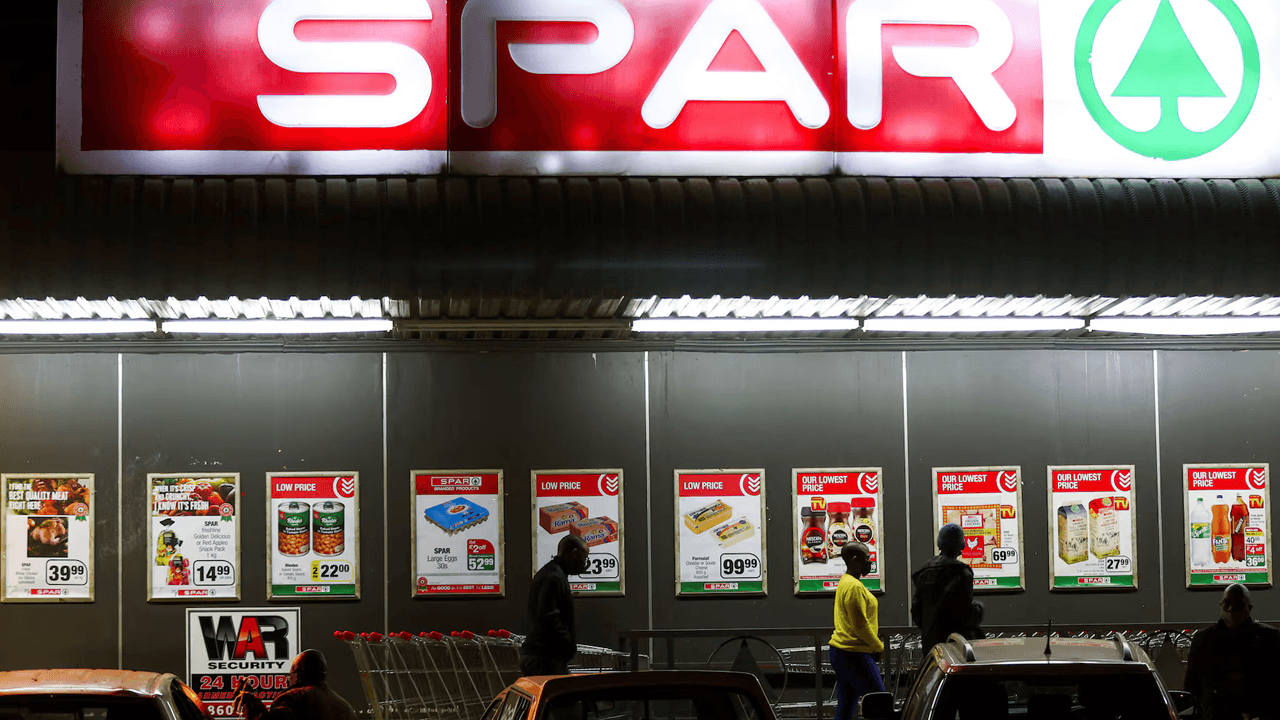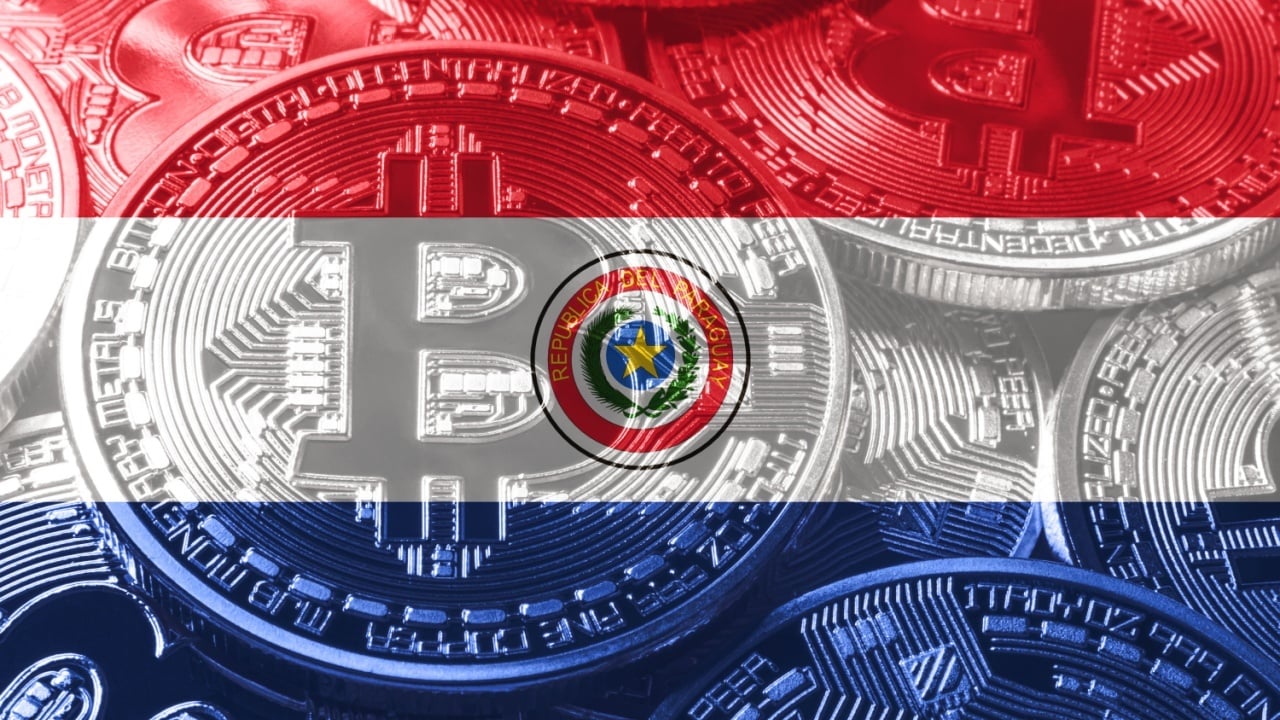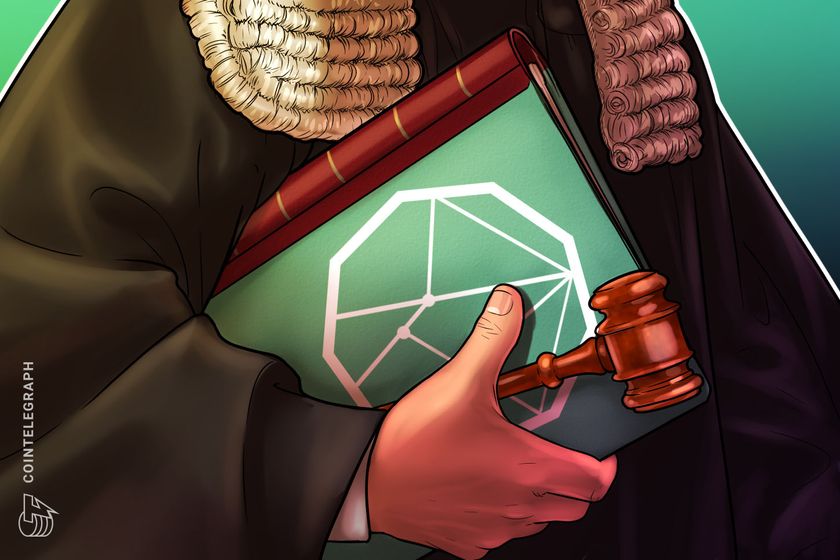Everyday Items That Are Surprisingly Radioactive
When we think of radioactivity, images of nuclear reactors or radioactive waste often come to mind. However, radiation is a natural part...


When we think of radioactivity, images of nuclear reactors or radioactive waste often come to mind. However, radiation is a natural part of our environment, and many everyday items emit small amounts of it. Let's explore some common objects and foods that are more radioactive than you might expect.
Bananas: The Potassium Paradox
Bananas are rich in potassium, which includes a naturally occurring radioactive isotope called potassium-40 (^40K). This makes bananas slightly radioactive. The concept of the "banana equivalent dose" (BED) was introduced to help people understand radiation exposure in relatable terms. Eating one banana exposes you to approximately 0.1 microsieverts (μSv) of radiation.
While this amount is minuscule and harmless, it's interesting to note that transporting large quantities of bananas can sometimes trigger radiation detectors at ports and border crossings due to their collective radioactivity.
Brazil Nuts: Nature's Radioactive Snack
Brazil nuts are among the most radioactive foods available. Their deep-rooted trees absorb radium from the soil, leading to higher concentrations in the nuts themselves. Measurements have shown that Brazil nuts can contain up to 444 becquerels per kilogram (Bq/kg) of radium. Despite this, consuming Brazil nuts in typical dietary amounts poses no significant health risk.
Granite Buildings: The Hidden Emissions
Granite, a common building material, contains trace amounts of uranium and thorium, which emit radiation. Notably, New York City's Grand Central Station, constructed with granite, has been reported to emit more radiation than is legally permissible for nuclear power plants. However, the levels are still considered safe for the public.
Kitty Litter: A Surprising Source
Certain types of kitty litter, especially those made from clay or bentonite, can be slightly radioactive due to the presence of naturally occurring radioactive elements like uranium and thorium. In fact, large shipments of such litter have occasionally set off radiation detectors.
Smoke Detectors: Safety with a Side of Radiation
Many household smoke detectors contain a small amount of americium-241, a radioactive isotope. This element helps detect smoke particles by emitting alpha radiation. While the radiation is contained and poses no risk during normal use, it's essential not to tamper with or dismantle these devices.
Everyday Exposure: Putting It in Perspective
It's important to understand that radiation is a natural part of our environment. The average person is exposed to about 6.2 millisieverts (mSv) of radiation annually from various sources, including cosmic rays, radon gas, medical procedures, and naturally radioactive materials in food and the environment.
Ceramic Tiles and Dinnerware: Decorative Yet Radioactive
Some ceramic glazes, especially those used in the early to mid-20th century, contain uranium oxide to achieve vibrant colors like orange and red. These glazes can emit alpha, beta, and gamma radiation. While the radiation levels are typically low, it's advisable to avoid using vintage uranium-glazed ceramics for food consumption.
While the idea of radioactive bananas or buildings might sound alarming, the levels of radiation we're exposed to daily from these sources are minimal and generally harmless. Understanding the presence of natural radiation in our environment helps demystify the concept and alleviates unnecessary fears.












































































































































































![[The AI Show Episode 144]: ChatGPT’s New Memory, Shopify CEO’s Leaked “AI First” Memo, Google Cloud Next Releases, o3 and o4-mini Coming Soon & Llama 4’s Rocky Launch](https://www.marketingaiinstitute.com/hubfs/ep%20144%20cover.png)




















































































































































































![Rogue Company Elite tier list of best characters [April 2025]](https://media.pocketgamer.com/artwork/na-33136-1657102075/rogue-company-ios-android-tier-cover.jpg?#)









































































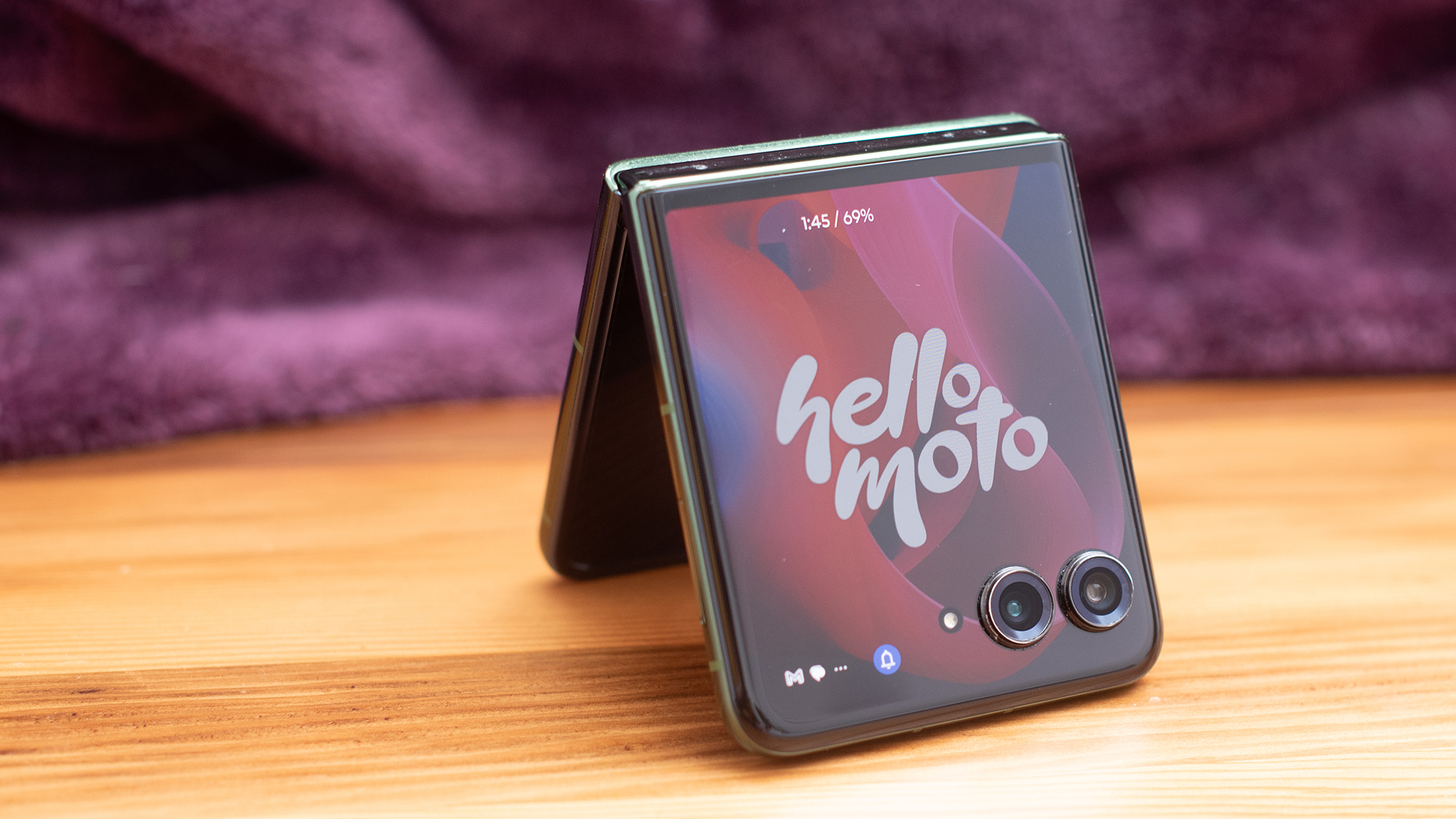

















.webp?#)


















































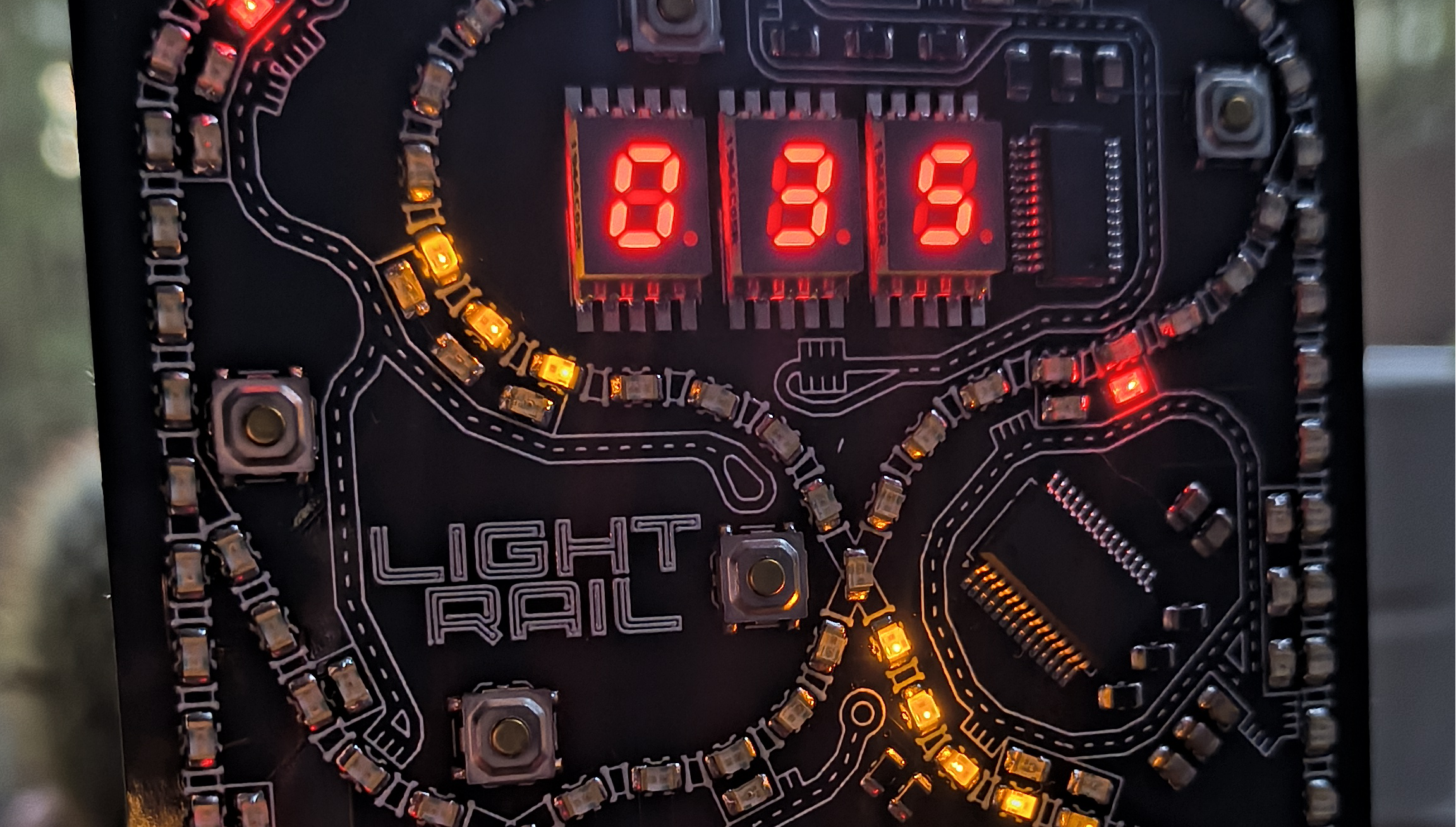


































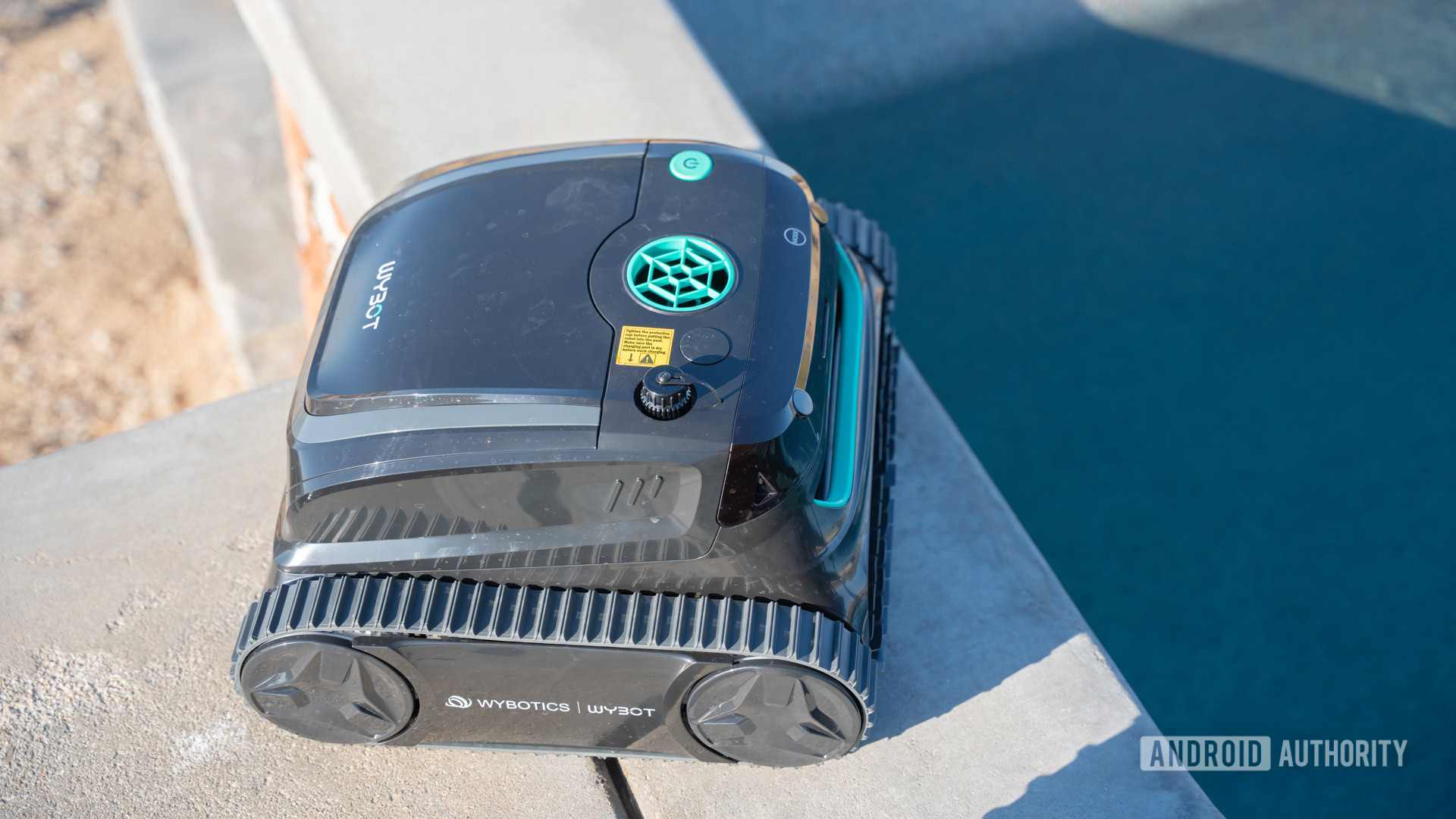





![Here’s the first live demo of Android XR on Google’s prototype smart glasses [Video]](https://i0.wp.com/9to5google.com/wp-content/uploads/sites/4/2025/04/google-android-xr-ted-glasses-demo-3.png?resize=1200%2C628&quality=82&strip=all&ssl=1)














![New Beats USB-C Charging Cables Now Available on Amazon [Video]](https://www.iclarified.com/images/news/97060/97060/97060-640.jpg)

![Apple M4 13-inch iPad Pro On Sale for $200 Off [Deal]](https://www.iclarified.com/images/news/97056/97056/97056-640.jpg)








































































